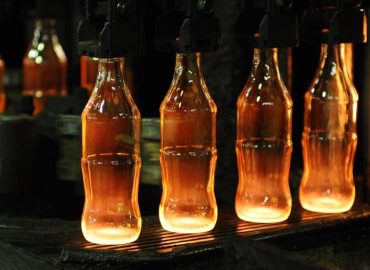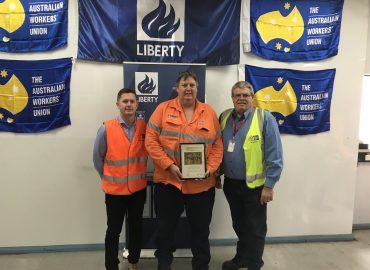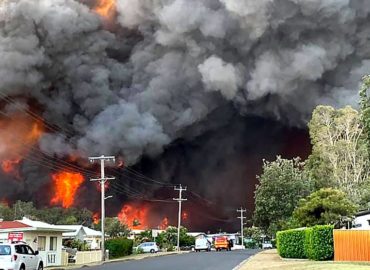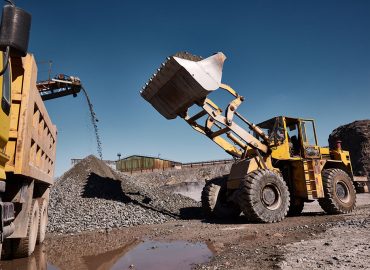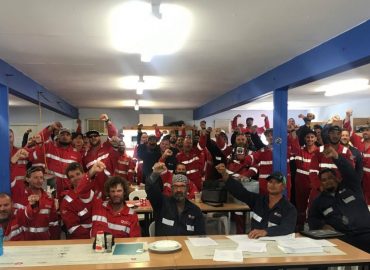Is Your Workplace Safe From Silica Dust
Each year 600,000 Australian workers are exposed to silica dust.
When inhaled silica dust can cause a variety of lung diseases including silicosis, the new asbestosis. Silica dust can also cause kidney disease and chronic obstructive pulmonary disease.
Currently the mandatory silica dust exposure limit is 0.1mg per cubic metre, averaged over an eight-hour day.
To protect workers, the AWU is campaigning to reduce the level of silica dust exposure to 0.02mg.
If you do one of these jobs, you are at risk of exposure to silica dust:
- Road construction
- Moving earth – excavating, mining, quarrying, tunnelling or tiling
- Manufacture of glass, ceramics, brick, concrete, tile or metals
- Mineral ore-treating processes
- Breaking, crushing, grinding or milling material containing silica
- Cutting, grinding, sanding and polishing stone bench tops
- Paving, surfacing or cement finishing
- Sand blasting or casting
- Clean-up activities such as dry sweeping or pressurised air blowing of concrete or sand dust
Your employer is required to control the risks of silica dust by:
- Providing well-fitted respiratory protective equipment (RPE)
- Fitting tools and equipment with extraction devices to eliminate dust
- Using water suppression to wet dust down when there are no extraction devices fitted on tools
- Monitoring your health including physical examination, standardised respiratory function tests, and chest x-rays
If you have any concerns about exposure to silica dust at your site, contact the AWU on (08) 8360 1900 immediately.
Authorised by Peter Lamps, Branch Secretary.




